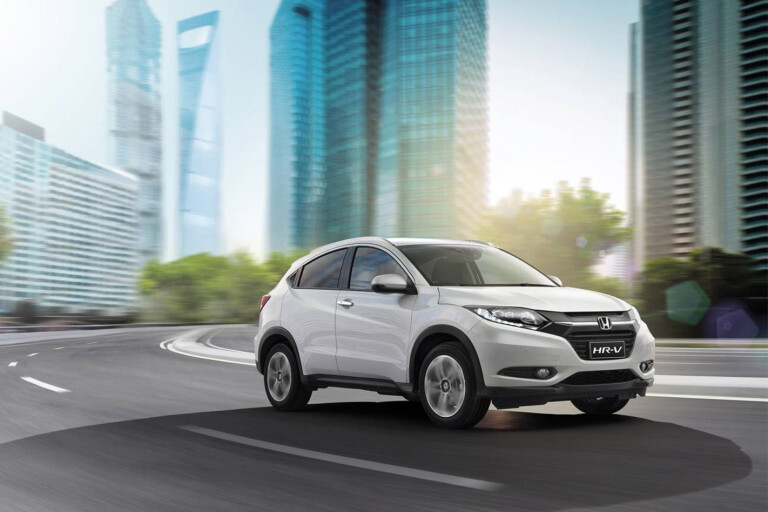
Honda, buoyed by the arrival of its all-new CR-V mid-size SUV, reckons it can boost its fortunes further with the addition of a subcompact crossover to sit beneath the current HR-V.
The HR-V, which shares its platform architecture with the Jazz, but measures slightly wider and longer (not to mention taller), is a small SUV that competes with the likes of the Mazda CX-3, Mitsubishi ASX, and Toyota C-HR. However, despite already existing at the small end of the SUV scale, Honda Australia believes there’s still room to slot an even smaller crossover beneath it.
The only problem is the company doesn’t have a product that fits the bill… yet.

“One of our priorities for now is lighter SUVs,” Honda Australia managing director Stephen Collins said to WhichCar.
“We think it’s probably the next segment to grow.”
“Around the world there are a few options in that regard that are not presently suitable for our market,” Collins said, referring to the BR-V and WR-V crossovers currently on sale in some South East Asian countries.
“BR-V, WR-V… they’re currently made for different markets, so it’s probably not suitable [for Australia] at this generation - but you never know what’s likely to happen in the next generation.”

Right now the WR-V is the smallest SUV Honda makes, with external dimensions mere millimetres larger than the Jazz light hatch. However, as a vehicle designed to cater to markets like India and South America, its safety credentials are a handicap for mature markets like Australia. The BR-V in its current guise is actually slightly bigger overall than the HR-V.
Honda has also previously made crossover versions of the Jazz, with rugged plastic body armour placed over regular Jazz sheetmetal and paired with a jacked-up suspension to give the tiny Honda some off-road style charm – if not a genuine go-anywhere capability.
Right now Honda’s SUV expansion plans are still far from locked in, with Collins indicating there isn’t likely to be any new arrivals for Honda – at least not as far as SUVs are concerned – within the next 18-24 months.
“It’s not around the corner,” he said, “However we’re having a lot of discussion about what our requirements might be.”
“We’re certainly investigating it. We think that segment is going to be where most of the action is at over the next five to ten years.”
COMMENTS